Combating crime one data point at a time!

- Prof. Dancy's Site - Course Site -
Phase 1 Page, Phase 2 Page
Objectivs & Overview
Project Deliverables
Project Point Breakdown
Teams of three students
Teams will be assigned by Prof. Dancy
Due-Dates:
- (Team info on Moodle): 30-Oct
- Phase 1: 09-Nov (10:00pm)
- Phase 1 presentations on 09-Nov (in class)
- Phase 2: 16-Nov (10:00pm)
- Phase 2 presentations on 16-Nov (in class)
- Final Phase: 06-Dec (10:00pm)
- Final presentations on 04-Dec (in Final Exam slot)


You're group is an elite group of developers that have been contracted by the Chicago Information Sciences Department. You've been asked by the Police Chief to develop a new police patroll dispatch system that his officers can use to fight crime in the most efficient way possible.

The Chief made this back of the napkin drawing to help you think about what he envisions as the final system (the Decision Engine)
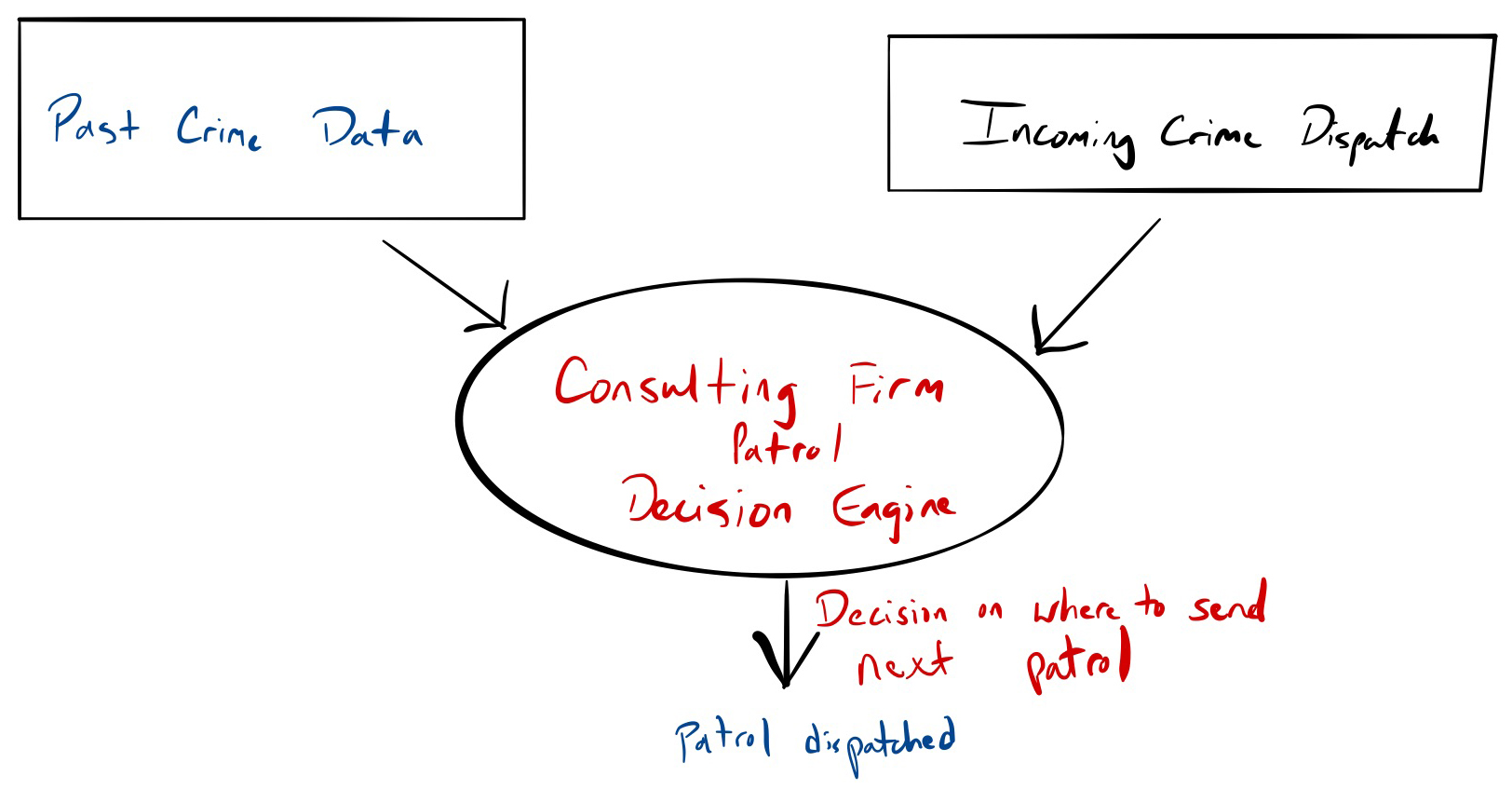
To help with this, he's given you a dataset of previous crimes so that you can decide how you'll handle those new data that you'll be reading in.
Get to know your team. Teams will consist of three (or four) people & I will require that everyone speaks equally during the presentations and can explain any part of the work (within reason).
The team will work together to decide on a particular way to approach the above problem. It's up to you to communicate effectively so that you can work well as a team
I will work with teams to check on the status and get estimates of time for the completion of the project. While I will be available to try to make sure you don’t go off into a barren desert, and can help point you to resources if you wish to use a method that we have not gone over, the point of this Final project is to give you a bit of freedom to explore things, while still using some of the things we've learned in 204.
For the final phase, we'll focus on reflection, revision, and packing our final software product for the police commisioner
In this part of the phase you will (hopefully) begin to think of your solution as more than just a technical solution, but instead a sociotechnical solution.
After all, all systems and artifacts we create are situated within our socio-cultural society and it is part of our jobs as responsible & ethical system designers and developers to realistically and systematically consider this.
You are not always given the tools or rightly forced to consider this, but consider this phase of the assignment a possible beginning to thinking about these things in a world that has (historically) tried to shield the technical from social considerations (even when those solutions are always used by and interact with individuals and social groups!)
For this phase, you will need to read and respond to (in your report & code revision) 4 different articles/Book chapters
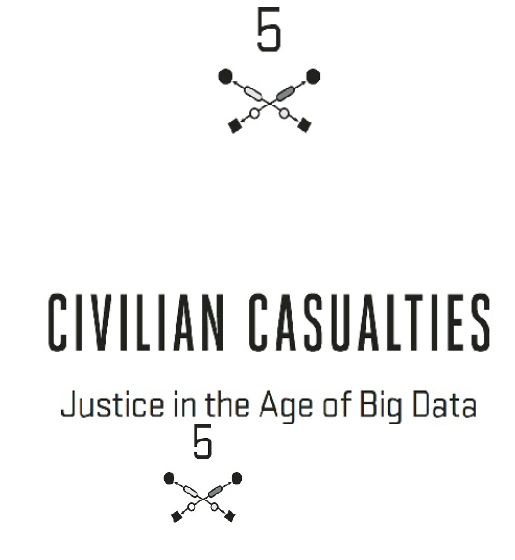
This chapter will introduce you to some ideas on "Big Data" and the criminal justice system
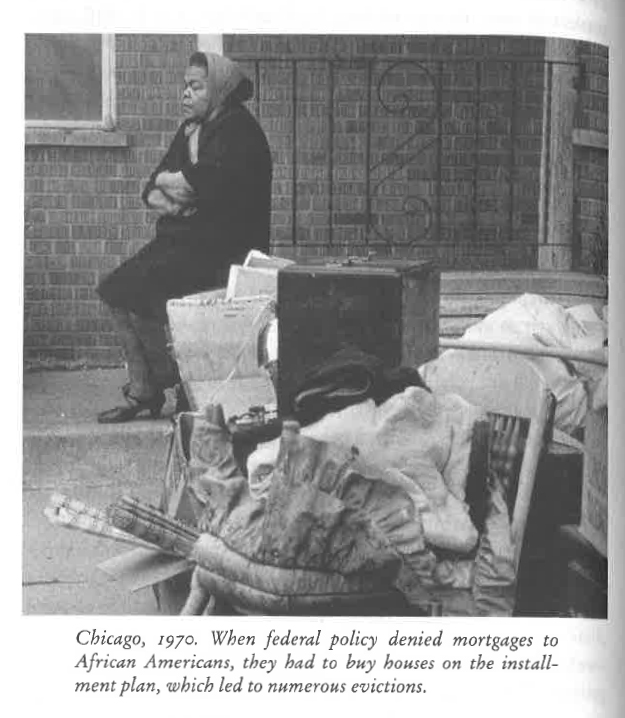
This book chapter will introduce you to some ideas on how the make-up of neighborhoods came about. (Related to the topic of "red-lining" if you've ever heard that term).
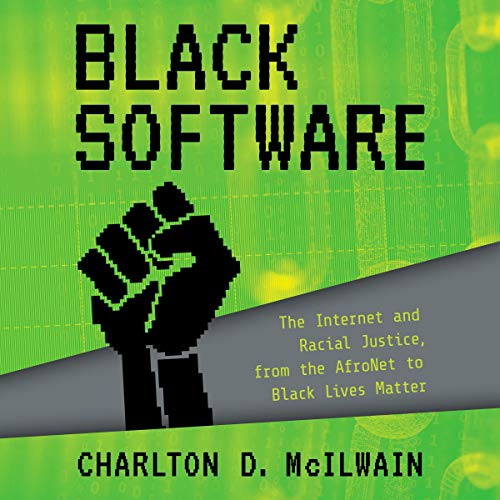
This book chapter and a half will introduce you to some ideas on early policing "information systems" by giving background on an early one used in Kansas City (and some of the context that preceded the systems). Note that the required reading for Chapter 16 is from 226-235 (the first 11 pages), feel free to continue reading, but those sections (other than the figures) are less directly related to this project.
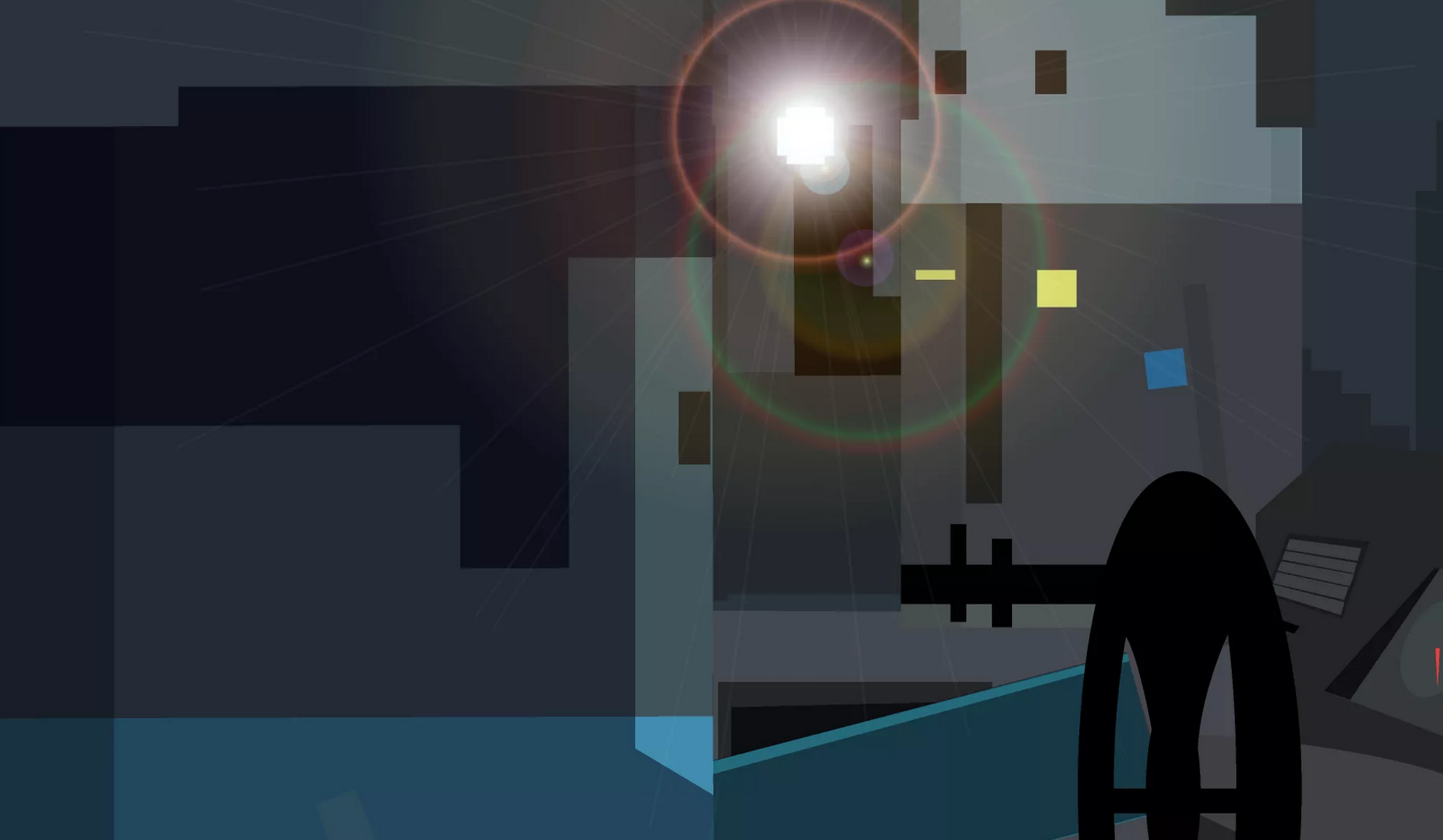
This article will introduce you to some racial issues with regards to policing (and cite some research in that regard).
This should be completed after reading and cognitively digesting the above readings
Given the above readings, refactor and revise your code so that it is, in your estimation, more fair and equitable.
You should also refactor your code so that comments, names, etc. are more socially appropriate. A way to think about it is illustrated in the scenario below:
A grieving family of a person shot by a police officer, partially as a result of mistaken identity, during a traffic stop comes to see you and your code that dispatched an officer to patrol that area. Would anything in your code (comments, name, etc.) anger or upset them due to being inappropriate given the severity of the system your developing?
README.md, provide a section titled Code Refactoring and Revsions that deails the changes you makeREADME.md provide a section titled Police Station Placement Design. I want you to come up with a general design and algorithm (complete with what data structures you would use in this algorithm) to pick where to place police stations. This section should be written close to the end (i.e., after you read the above reading and complete any revisions to your code)
Your final report should be 8-12 pages and should detail design choices you made with your system (you don't need to go into deep detail, your README.md will accomplish the detail)
Your report should reference the readings assigned (and by reference I mean meaningfully reference with some purpose in the required sections).
This report can have several sections, but should have some similar to these main sections:
Introduction
System Design
Discussion
Conclusion
References
Each team will be required to give a ~20 minute presentation on their implementations and the visualizations that they've created for the Final Phase.
These presentations should give a good background on your design choices and the reasons for those choices. It will also be your chance to discuss issues you have had to navigate w/ the project.
This is your individual reflection (submitted separately by each group member)
Your delivered work should be coherent and reasonably organized.
ChicagoCrimeFun class file, which should be named ChicagoCrime.pyInclude any new visualizations you might have made for your revision in the form of image files (.gif, .jpg, .png, etc.)
Also, include all the visualizations that you made for previous phases (but only if those did not change from the revision)
In your submission, include a readme.md file named readme.md that provides a brief statement of your project.
Team Self-Assessment – Every member must submit to Moodle a document that has an assessment of team work
Make sure to includethe visual-aids (slides) you used in your presentation.
This is your opportunity to complete specific tasks, but (largely) using your own design decisions and implementation decisions.
The visualizations are your opportunity to think creatively and to think about ways to visualize data structures so that they are useful (and hopefully cool!)
By using those data, you also get a first chance at making something else that kind of looks like the start of an AI system
In general, the break down used to grade the final project is as follows:
| Graded item | Number of points |
|---|---|
| Readme.md | 15 pts |
| Final Report | 30 pts |
| Final Implementation | 30 pts |
| Final Project Presentation | 15 pts |
| Individual Reflections | 5 pts |
| Graded item | Number of points |
|---|---|
| Details on what's needed to run implementation | 2 pts |
| Visualizations included with explanation of each one | 2 pts |
| Explanation of how you tested your code to ensure it works correctly (and thus how anyone else would test it if they picked it up) | 1 pts |
| Police Station Placement Design section | 5 pts |
| Code Refactoring and Revsions section | 5 pts |
| Graded item | Number of points |
|---|---|
| Introduction | 4 pts |
| System Design | 10 pts |
| Discussion | 10 pts |
| Conclusion | 4 pts |
| Grammar/Spelling | 1 pt |
| References formatted | 1 pt |
| Graded item | Number of points |
|---|---|
| Previous phase solution overview | 2 pts |
| Your solution to the problem posed during this phase | 3 pts |
| Discussion of how you think the readings are related to the project | 3 pts |
| Display of Visualizations created for this phase and raionale | 2 pts |
| Discussion of issues faced in project | 2 pts |
| Discussion of things learned by each group member up to that point | 1 pts |
| Group presentation time roughly evenly distributed | 2 pt |
| Graded item | Number of points |
|---|---|
| Previous phase solutions still working as required | 15 pts |
| New code and revisions commented well | 4 pt |
| Design of overall code (inheritance, no long methods, etc) | 3 pt |
| New design addresses some particular sociotechnical issues (detail how in README.md) | 8 pt |
| Date | Milestone |
|---|---|
| 28-Oct | Project assigned |
| 30-Oct, 10:00pm | Group Info Sheet due |
| 09-Nov (in-class) | Phase 1 Presentations, Phase 2 assigned |
| 09-Nov 10:00pm | Phase 1 Deliverables Due |
| 16-Nov (in-class) | Phase 2 Presentations |
| 16-Nov 10:00pm | Phase 2 Deliverables Due |
| 04-Dec | Final Phase Presentation |
| 06-Dec 10:00pm | Final Phase Deliverables Due |